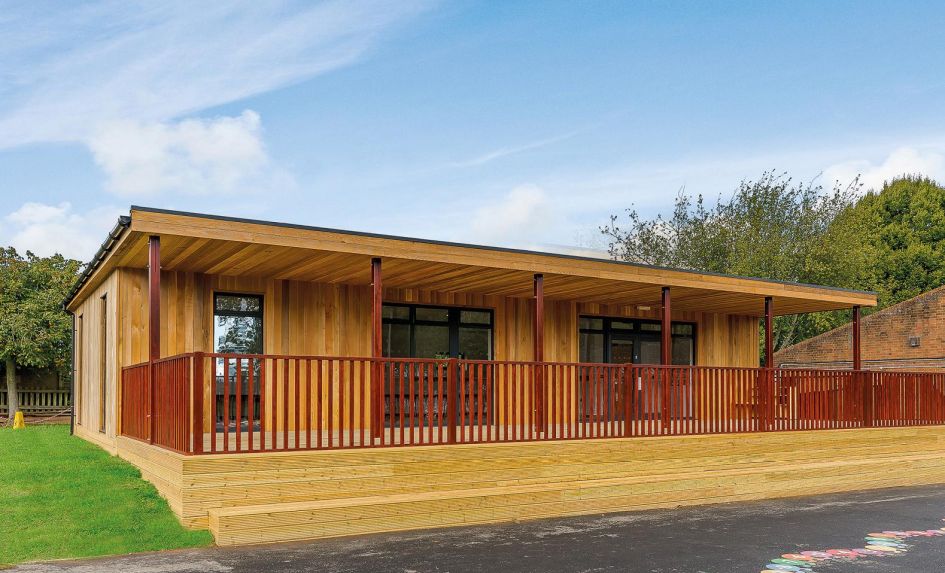1. Seek experience
Look for a provider with plenty of prior experience working in education. Educational sites present some quite unique challenges in terms of health and safety, such as ensuring access while keeping the site safe and discrete. Enlisting a company used to the sector and its needs will save an awful lot of heartache.
2. View one
The word ‘modular’ can potentially refer to a wide range of different approaches. If possible, try and organise a visit a building previously delivered by the provider at a nearby school. There’s nothing like seeing an existing building that’s already in use for getting a real, tangible sense of how it will work in your setting.
3. Consider access
Some modular buildings are complete units that are moved into position; others might be assembled on site. Both approaches entail different challenges. The former group will require a crane and heavy lifting equipment, while the latter can be delivered at sites with relatively limited access.
4. Specify a use
You may need extra classroom space, but a stand-alone building might be best used as a studio or a dedicated SEND space. Assigning a modular building a more specific purpose can free up classroom space that may be better situated within the main building, closer to the rest of the school.
5. Avoid hidden extras
A number of suppliers operating in this space will offer an all-in price with a turn-key service, including planning permission. This gives you a fixed price, full knowledge of what it will cost and project delivery from planning to handover, without the prospect of any unexpected charges.
6. Embrace sustainability
A building that uses sustainable materials for its frame, cladding and other design elements can stimulate conversations between pupils and staff around environmental citizenship. Having an actual ecobuilding on your site adds a whole new dimension to your teaching around environmental and sustainability issues.
7. Check the running costs
It’s possible to design and construct a modular building that generates zero energy costs through a shrewd and intelligent use of solar panels, sun pipes and active ventilation. It can be worthwhile investing more upfront on making the building fully passive, so that you can realise significant energy savings in the long term.
8. Position it well
A stand-alone building can provide views of nature, levels of natural light and ready access to the outdoors that aren’t possible with traditional buildings. When positioned and oriented appropriately – your provider should be able to advise you on this – the building can enhance the wellbeing of students and staff.
9. Explore financing
Fundraising for additional standalone buildings can be challenging and time consuming, but there are a number of financing options out there – state schools can use operating leases, for example. They can also be a source of revenue themselves; being separately heated and secured from the main building, they’re ideal for letting out to the local community.
10. Future proofing
Schools don’t always have the funding to purchase all the extra space they need straight away, but can approach the process over multiple phases. Phase 1 might involve constructing a usable standalone building, with phases 2 and possibly 3 later seeing that building expand once financing is available in future years.
Mark Brown is a consultant for the eco-friendly buildings specialist, TG Escapes










